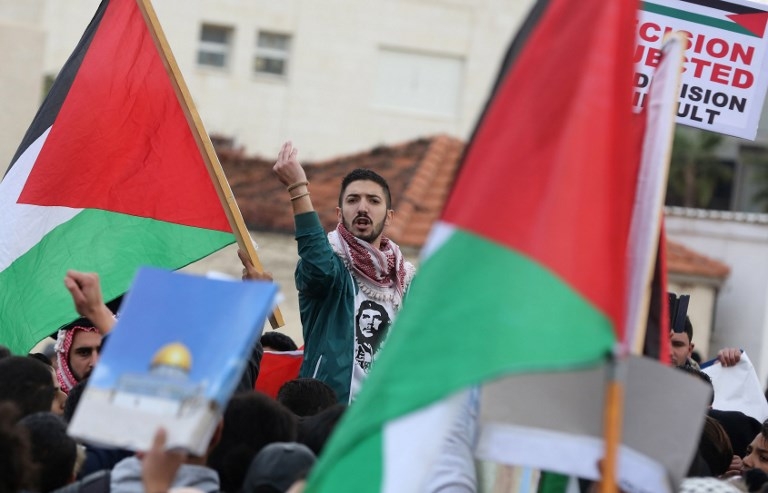What next for Jerusalem?

Jerusalem resident and MEE Correspondent Mustafa Abu Sneineh gives his take on what next for his hometown as tensions continue to rise:
Today's protests are reminiscent of the demonstrations that took place in the summer after Israel imposed metal detectors on the gates of Al-Haram Al-Shareef and Al-Aqsa mosque.
But the scale and the spread of today's protests is wider. Even in Ramallah, the Palestinian Authority allowed a march to the headquarters of the Israeli Civil Administration in the Beit El settlement.
The PA attitude towards such protests was to crush it by its US-trained security forces. This happened during the Gaza War in 2014 and similarly done during the July 2017 Al-Aqsa protests.
The Palestinian official politicians find themselves out of words today after almost 24 years of negotiations.
On the ground, an informal political leadership is emerging that consists of community workers, ulema, intellectuals, political prisoners, vloggers and grassroots activists.
This leadership is scattered and unorganised which makes it harder to control and predict its reactions to the US embassy move.
It is too early to tell what will happen on Friday, which will be the 30th anniversary of the first intifada. But Palestinians have now found a new model of resisting the Israeli occupation which has gained its inspiration from the Arab Spring, the BDS movement and the protests at Al-Aqsa.
You can follow Mustafa here on Twitter...

